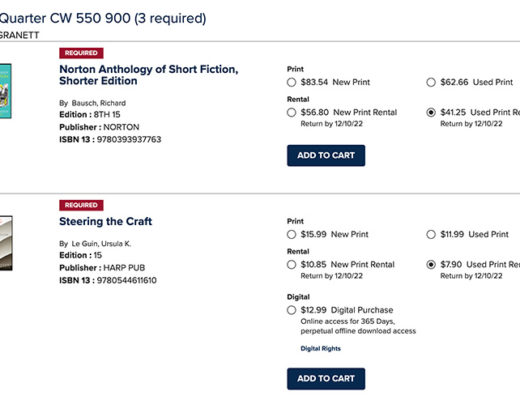One of my chronic New Year’s resolutions inevitably has to do with the Bible and reading more of it. If you live in Delaware, one of your resolutions should be to visit the Saint John’s Bible exhibit at the Biggs Museum of American Art in Dover. In Dover through March 27, it is this breathtaking mixture of calligraphy, dazzling gold-leaf illuminations, inspirational images, Benedictine theology, worship, love for the Word . . . you can’t really “read” it. It is a spiritually soaring experience to be absorbed.
Actually, I would venture to say that if you are in a funky, confused place with respect to Christianity, this exhibit will remind you of the rich roots and inspirational message that permeate God’s word. I have been in that funk off and on all year, and the Saint John’s Bible is a powerful antidote, triumphing over politicians and others who ignore, cherry-pick or twist the words of the Bible.
In 1998, Saint John’s Abbey and University in Minnesota commissioned renowned British calligrapher Donald Jackson to create a hand-written, hand-illuminated Bible. He led a team of calligraphers and artists for almost 15 years, with guidance from a committee of artists, medievalists, theologians, biblical scholars and art historians called the Committee on Illumination and Text. The Bible pages are calfskin vellum. The calligraphy is produced with hand-cut goose, turkey and swan quills. The script is written in lamp black ink from nineteenth-century Chinese ink sticks.
According to the Saint John’s Bible website, vermillion, lapis lazuli, and other cakes and powdered pigments are used for color. The materials are mixed with egg yolk and water to make paint that is thicker than the black ink and loaded onto the quills using brushes. The gold leaf that illuminates the manuscript is bonded with gesso, activated by the moisture of breath imparted through a bamboo tube.
Seventy pages from the Bible, which will one day be bound together and on permanent display at the university in Collegeville, Minnesota, are included in the Biggs exhibit.
Many layers to contemplate
Let’s just take the frontispiece for Matthew, the first illustration Donald Jackson created for this Bible. This is the famous geneaology of Christ, from Abraham and Sarah through David – all those begats. Looking closely, one can discern a structure that includes the tree of life and the menorah; between the branches are the double-helix patterns of DNA.
An explanation of the Matthew frontispiece on the Saint John’s Bible website reads: “Abraham’s name is inscribed, in Hebrew and English, with his wife Sarah from whom these generations rose. Hagar, Sarah’s handmaid with whom Abraham fathered Ishmael, the ancestor of Mohammed who began the religion of Islam, is named at the right in Hebrew, English and Arabic.”
Symbols from other religions, such as the mandala and gilded intricate stamps inspired from illuminations of the Koran, are also part of the geneaology.
So that is my feeble attempt at trying to explain just one of the 70 pages on display at the Biggs Museum. If I haven’t convinced you yet, here are the top 10 reasons to visit this exhibit. And here are some photos I took during a “religious leaders” preview tour with Tim Ternes, the director of the Saint John’s Bible project.
[srizonfbalbum id=1]





2 Comments
Jason Engel
January 4, 2016 at 7:14 pmRegarding being in a funky place with Christianity, I credit the Saint John’s Bible for being a primary reason I was able to return to faith after more than 25 years as a bitter/hurt/angry atheist. I started reading the SJB in January of 2012, and while it took me over 18 months, it’s very nature was somehow uniquely safe and inviting as well as thought-provoking. The Saint John’s Bible became an important part of my spiritual healing process.
kairosdesign
January 4, 2016 at 7:38 pmThanks for your comment. I can definitely relate. It is all beauty and love and thoughtful deliberation on theology – and we really need that in our modern culture.
– Lee Ann